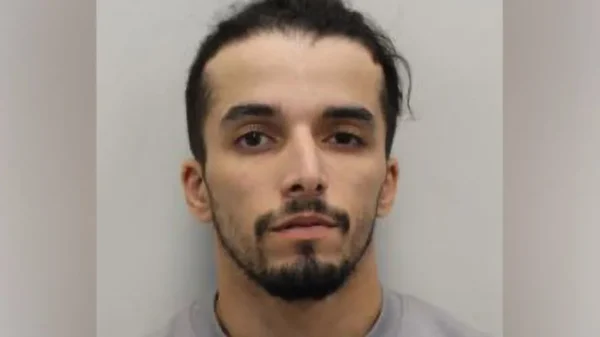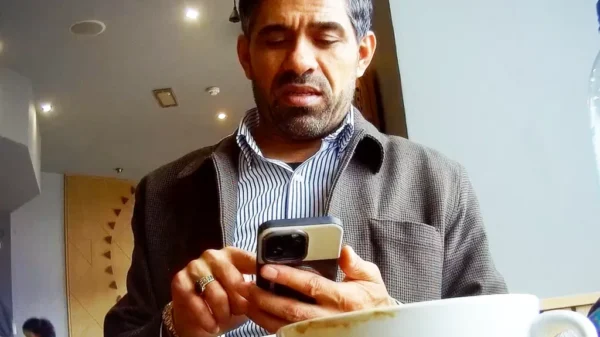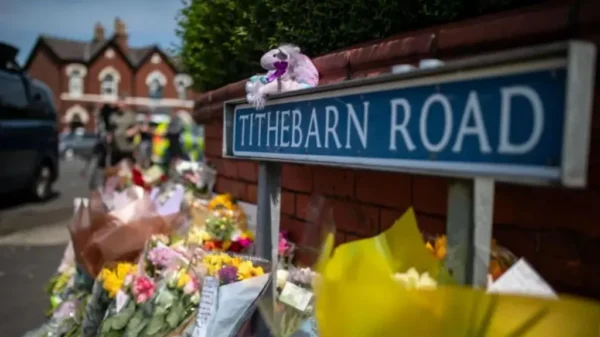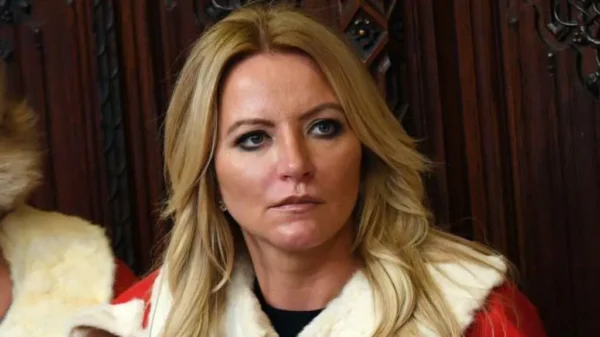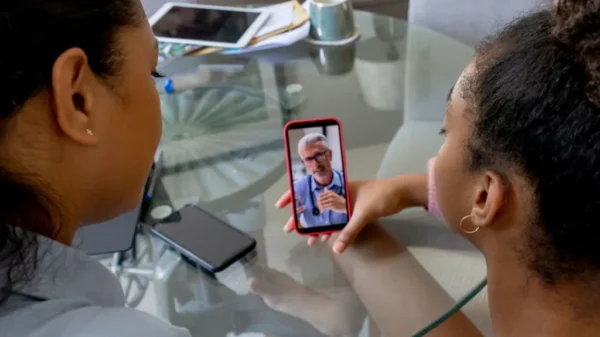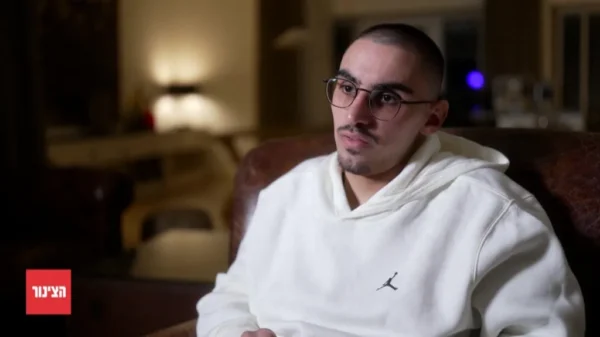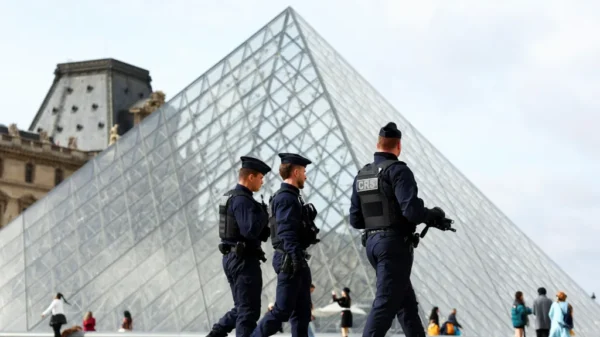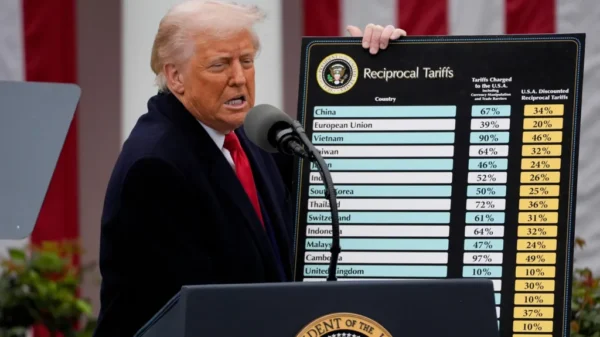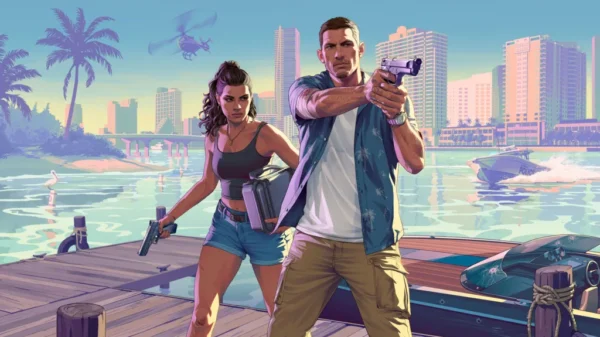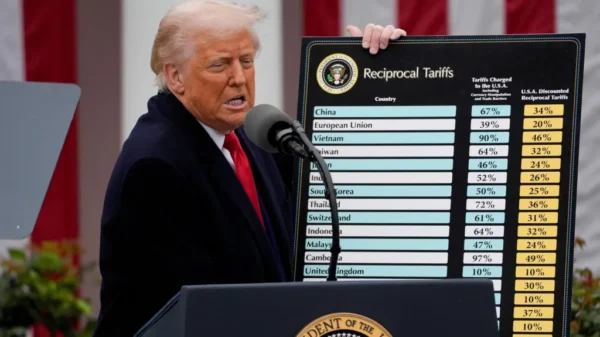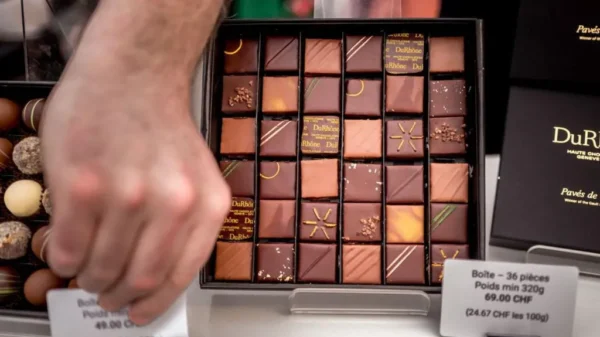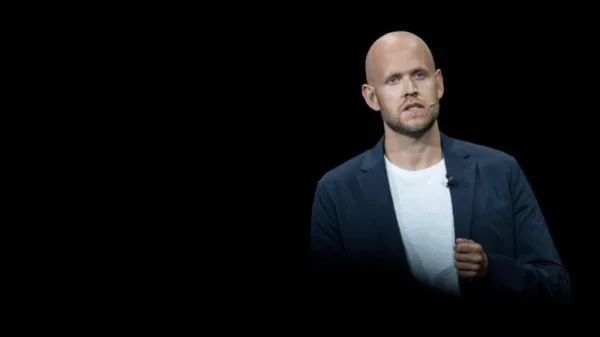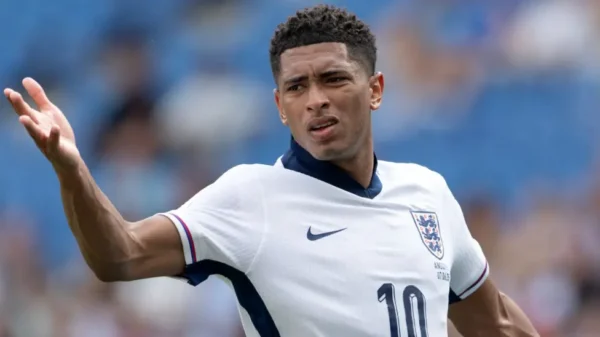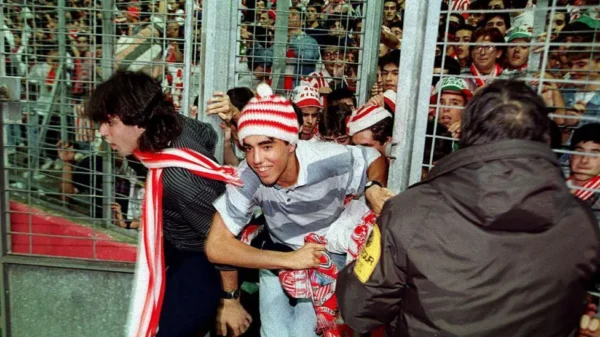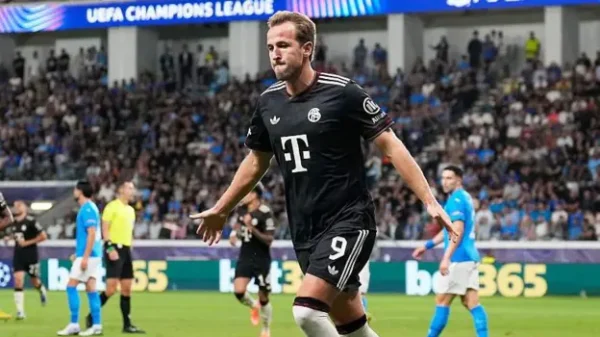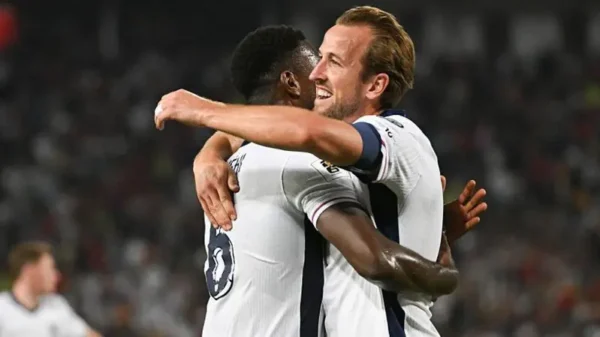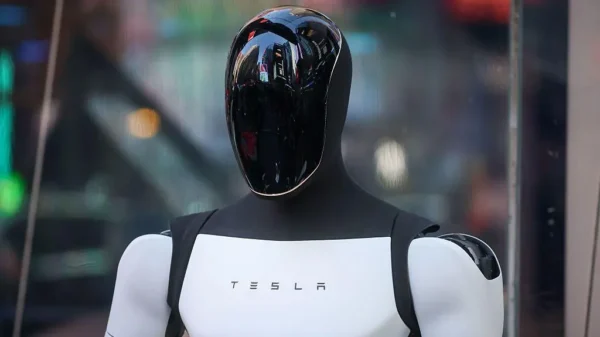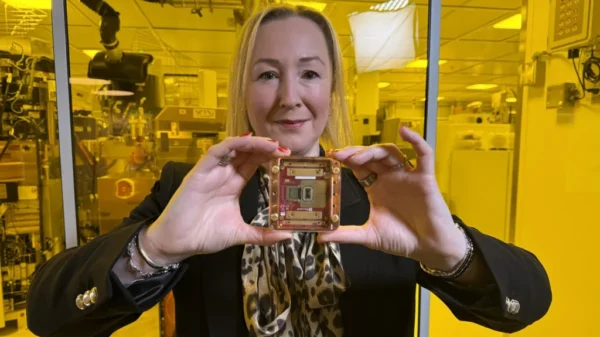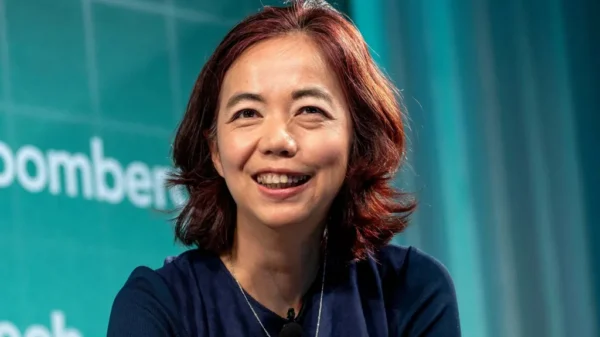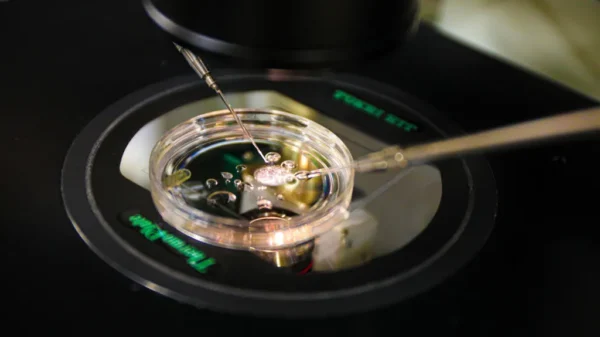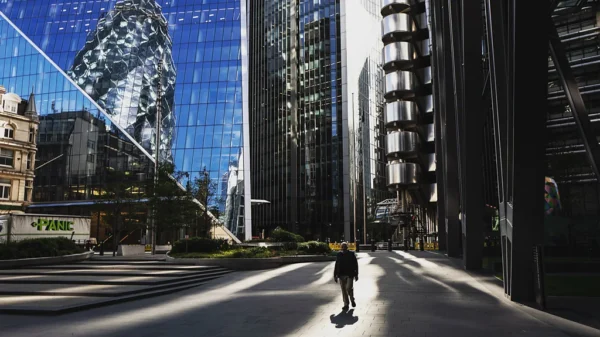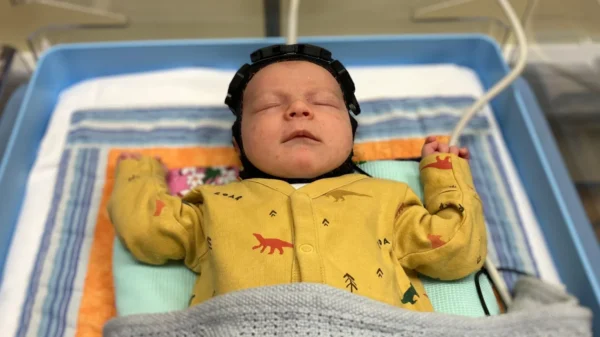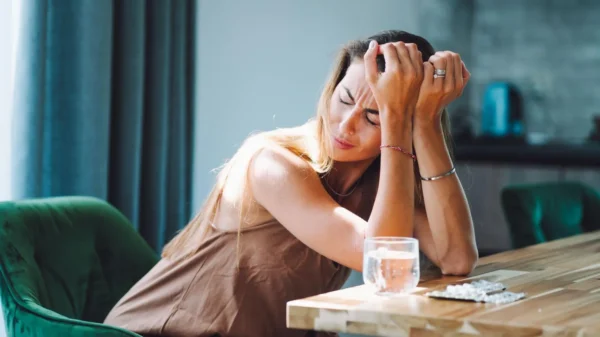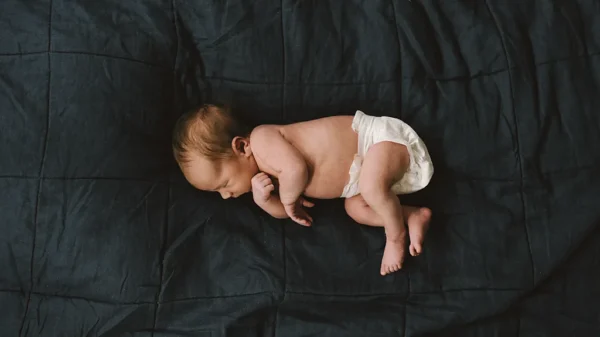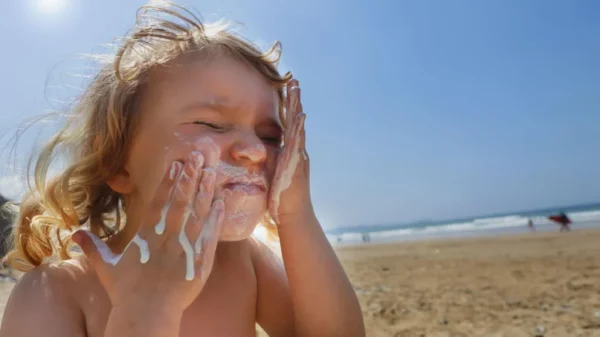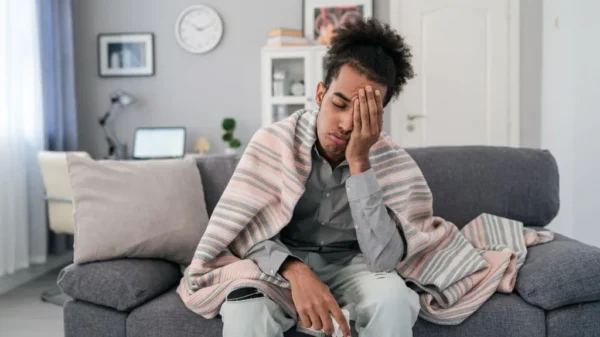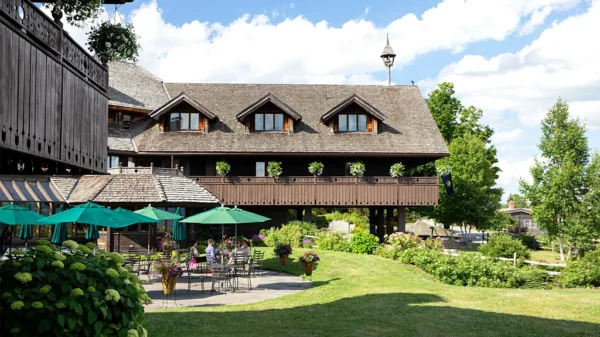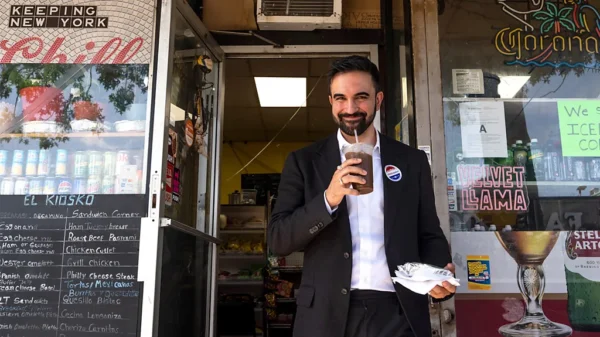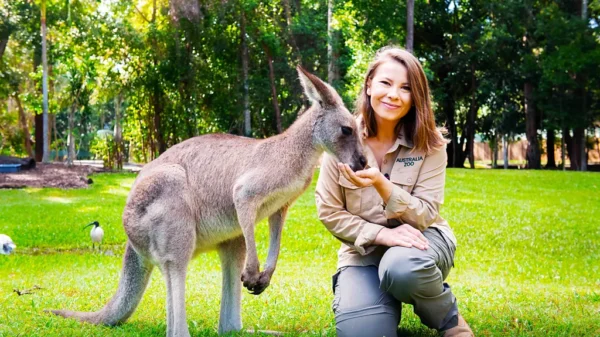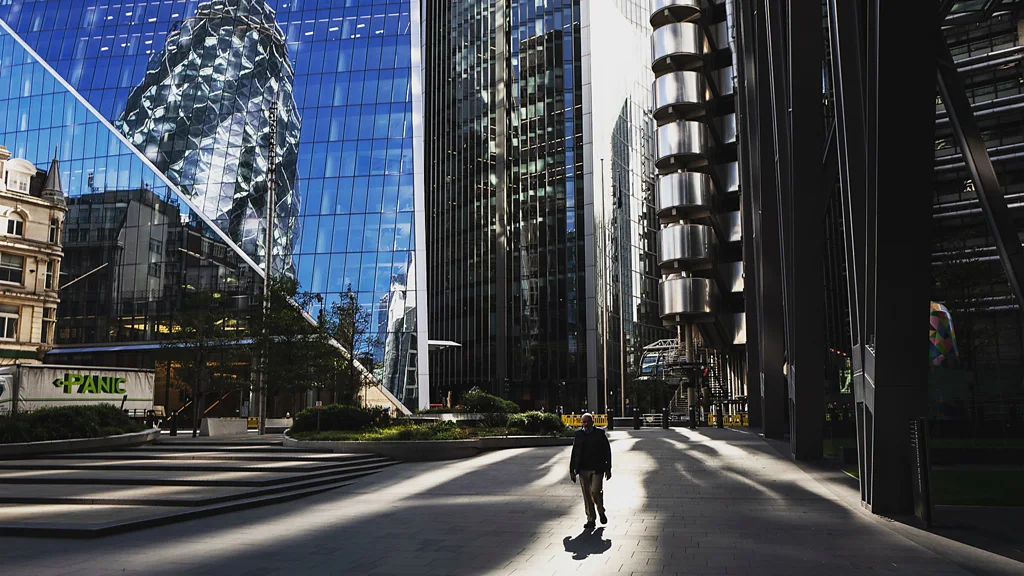In September 2020, rising Covid-19 cases plunged London into another lockdown. One photographer roamed the city’s financial district amid an eerie emptiness.
There had been hope that Covid-19 would have ebbed away in the northern hemisphere by the end of summer in 2020. Instead, a new wave of the disease appeared in earnest towards the end of August. In little more than a month, it would spark new lockdowns in the UK – and again plunge once-busy city centres into an eerie emptiness.
Some blame was directed at a government programme called “Eat Out to Help Out”, which urged people to dine on subsidised meals at local pubs and restaurants. Held from 3-31 August 2020, the scheme was enormously popular as visitor numbers in the venues taking part soared by more than 50% compared to the previous August, before the pandemic.
But with the diners came Sars-CoV2, the virus that causes Covid-19. The number of confirmed Covid-19 infections, which had been dropping, started to rise again. Cases amongst students also began to rise as the country’s universities opened for the new academic year.
By 21 September 2020, the government’s scientific advisor, Patrick Vallance, warned that there could be 50,000 new cases a day in the UK if the government didn’t act soon. Only a day later, the UK’s prime minister Boris Johnson announced new restrictions in an attempt to ease the outbreak.
Photographer Andy Hall had spent the long, hot summer of the first year of the Covid-19 pandemic photographing the City of London, the heart of the UK’s financial industry, whenever he could. He had started shooting street photography there some years before, but the arrival of Covid-19 and the ensuing lockdowns transformed the city. Where once there were crowded plazas and streets thronged with office workers, there was now only eerie silence.
“By then, I kind of know my way around a lot of the city so, so I, I knew where to go,” he says.
“When Covid broke, it was, it was a perfect opportunity to show a slice of the City of London in a completely new and weird guise. Because of its landscape and architecture… it made for even more amazing pictures.
“I found pretty quickly that it was a very visual place to do street photography in, because of the way the light was bouncing around, reflecting against glass skyscrapers. A whole mix of sort of ancient facades and big skyscrapers. It was lots of pools of light.”
Hall says he had taken photographs featuring isolated figures against the City’s brash backdrop in the years running up to the pandemic, “but obviously the pictures were a lot busier”.
“But then suddenly you’re walking around this really eerie place, this eerie urban desert,” he says.
In September 2020, with the country heading towards its second national lockdown, Hall headed to a place he often photographed: Leadenhall Street. On a normal afternoon it would have been thronged with office workers taking lunch. This time, it was entirely deserted.
“There was these lovely little rivers of light, going down towards me as I stood at the north end of the square and that big backdrop of skyscrapers and the Gherkin [one of London’s most famous office buildings],” says Hall. “There was this one figure walking towards me, and I placed my camera, composed the shot, hoping that he would walk down one of these little rivers of light so you could pick him out well. And sure enough, he did.”
However, Hall says he hadn’t seen another element of the picture until after he’d pressed the shutter. “I didn’t realise until I looked at the back of my camera afterwards, that there was a lorry to the left and all it had in big letters on the side ‘Panic’. I just couldn’t believe it. It kind of summed up the whole of that Covid era, that sort of quiet… everybody didn’t know what the hell was going to happen.”
The image was run in the UK’s The Guardian newspaper as part of a picture essay on the emptiness of the City of London. Hall later included it in his book The Same for Everybody, collecting his street photography during Covid, published by Snap Collective.
The lockdowns eased, and commuters and office workers once again returned to the City; but not in quite the same numbers as there had been before, thanks to a rise in remote working which Covid-19 proved was effective. “I watched it slowly go back, which was really interesting before, during and after [Covid] but I don’t think it’s really been the same since. More and more people found out that actually they don’t have to go to work every day.”
Sourse: BBC

